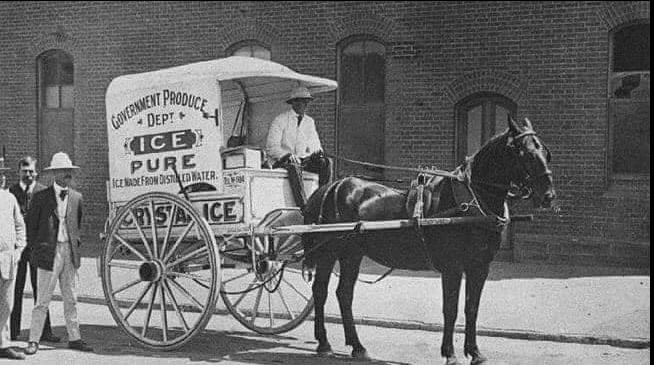Original Edition of The ANZAC Book
The ANZAC Book is a true Australian artefact. There’s no war book that’s quite like it. It’s also a time capsule. The book tells us something about what men thought then – in 1915 – on Gallipoli and cut off from the world.
It is not the story of the Gallipoli campaign. That would have been too terrible to tell back then – and, in truth, much of it couldn’t have been told for reasons of security. It is mostly about Australian humour and whimsy, about the Australian custom of making a joke out of adversity; the old Australian habit of not taking oneself too seriously, and of not taking those in authority seriously at all.
Another thing about The ANZAC Book; it’s about the old Australia which, for better or worse, is now mostly gone.
When War Correspondent Charles Bean, the editor, called for contributions, the Australians had been on the Peninsula for more than seven months. They were still pretty much trapped in the shallow beachhead that had been defined in the days after the landing. The August offensive, the true climax of the Gallipoli campaign, had failed with frightful losses. The men by now knew that their Generals were out of ideas. Ten thousand ANZACS were dead and the survivors were worn out.
Yet, out of this world came this book. Few books of such good humour have been produced in such wretched conditions. Bean received some 150 contributions. Generations of Australians owe Bean so much, we should see this book for what it was meant to be – a diversion, something to amuse the men as they prepared to spend winter in a hellhole.
It was certainly the most successful book Bean was associated with, selling 100,000 copies in 1916 alone.
The ANZAC Book, 3 Edition, edited by The Australian War Memorial. Now, many years later, this book (it’s 3rd Edition), is available as an Australian curiosity. Congratulations to Kathy Bail and the University of New South Wales Press for such a splendid production, right down to the deckle edges.)



